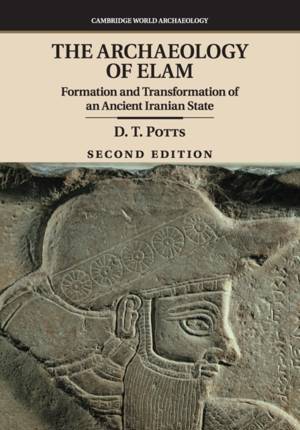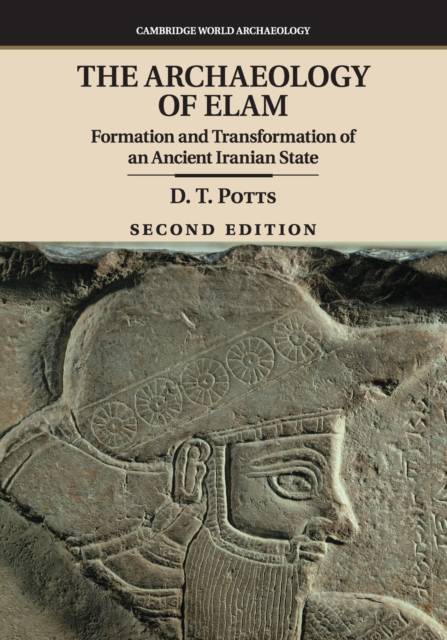
- Afhalen na 1 uur in een winkel met voorraad
- Gratis thuislevering in België vanaf € 30
- Ruim aanbod met 7 miljoen producten
- Afhalen na 1 uur in een winkel met voorraad
- Gratis thuislevering in België vanaf € 30
- Ruim aanbod met 7 miljoen producten
Zoeken
€ 76,45
+ 152 punten
Uitvoering
Omschrijving
Elam was an important state in southwestern Iran from the third millennium BC to the appearance of the Persian Empire and beyond. Less well-known than its neighbors in Mesopotamia, Anatolia, the Levant or Egypt, it was nonetheless a region of extraordinary cultural vitality. This book examines the formation and transformation of Elam's many identities through both archaeological and written evidence, and brings to life one of the most important regions of Western Asia, re-evaluates its significance, and places it in the context of the most recent archaeological and historical scholarship. The new edition includes material from over 800 additional sources, reflecting the enormous amount of fieldwork and scholarship on Iran since 1999. Every chapter contains new insights and material that have been seamlessly integrated into the text in order to give the reader an up-to-date understanding of ancient Elam.
Specificaties
Betrokkenen
- Auteur(s):
- Uitgeverij:
Inhoud
- Aantal bladzijden:
- 488
- Taal:
- Engels
- Reeks:
Eigenschappen
- Productcode (EAN):
- 9781107476639
- Verschijningsdatum:
- 12/11/2015
- Uitvoering:
- Paperback
- Formaat:
- Trade paperback (VS)
- Afmetingen:
- 178 mm x 256 mm
- Gewicht:
- 952 g

Alleen bij Standaard Boekhandel
+ 152 punten op je klantenkaart van Standaard Boekhandel
Beoordelingen
We publiceren alleen reviews die voldoen aan de voorwaarden voor reviews. Bekijk onze voorwaarden voor reviews.











